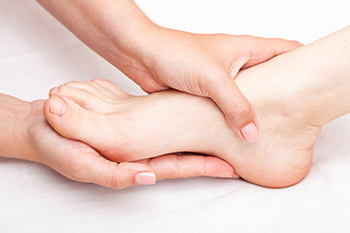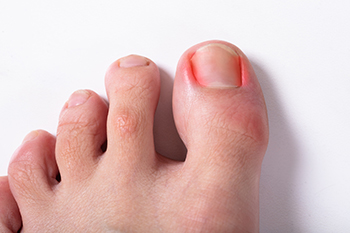
Optimal foot health is important for maintaining overall well-being, and a podiatrist is instrumental in achieving this goal. This type of foot specialist will conduct a comprehensive review of your medical history, followed by a thorough examination to diagnose the cause of your foot, toe, or ankle problems. A podiatrist can then offer a range of treatment options, which in some cases may include surgical intervention. In addition to treating more common foot ailments, like ingrown toenails or sprained ankles, many podiatrists also specialize in managing sports-related injuries, diabetic wound care, and surgery. With their expertise in ordering and interpreting diagnostic tests such as X-rays and ultrasounds, podiatrists ensure accurate diagnoses and effective treatment plans. Podiatrists can prescribe medications for pain management, as well as provide advice for ongoing or preventive care. Whether you're dealing with foot pain, or injury, or seeking preventive care, it is suggested that you make an appointment with a podiatrist.
If you are experiencing pain in the feet or ankles, don’t join the stubborn majority refusing treatment. Feel free to contact one of our podiatrists from Footcare Now. Our doctors can provide the care you need to keep you pain-free and on your feet.
What Is a Podiatrist?
Someone would seek the care of a podiatrist if they have suffered a foot injury or have common foot ailments such as heal spurs, bunions, arch problems, deformities, ingrown toenails, corns, foot and ankle problems, etc.
Podiatric Treatment
A podiatrist will treat the problematic areas of the feet, ankle or lower leg by prescribing the following:
- Physical therapy
- Drugs
- Orthotic inserts or soles
- Surgery on lower extremity fractures
A common podiatric procedure a podiatrist will use is a scanner or force plate which will allow the podiatrist to know the designs of orthotics. Patients are then told to follow a series of tasks to complete the treatment. The computer will scan the foot a see which areas show weight distribution and pressure points. The podiatrist will read the analysis and then determine which treatment plans are available.
If you have any questions please feel free to contact our offices located in Elmhurst Jackson Heights, and Astoria, NY . We offer the newest diagnostic and treatment technologies for all your foot and ankle needs.



 Ingrown toenails
Ingrown toenails